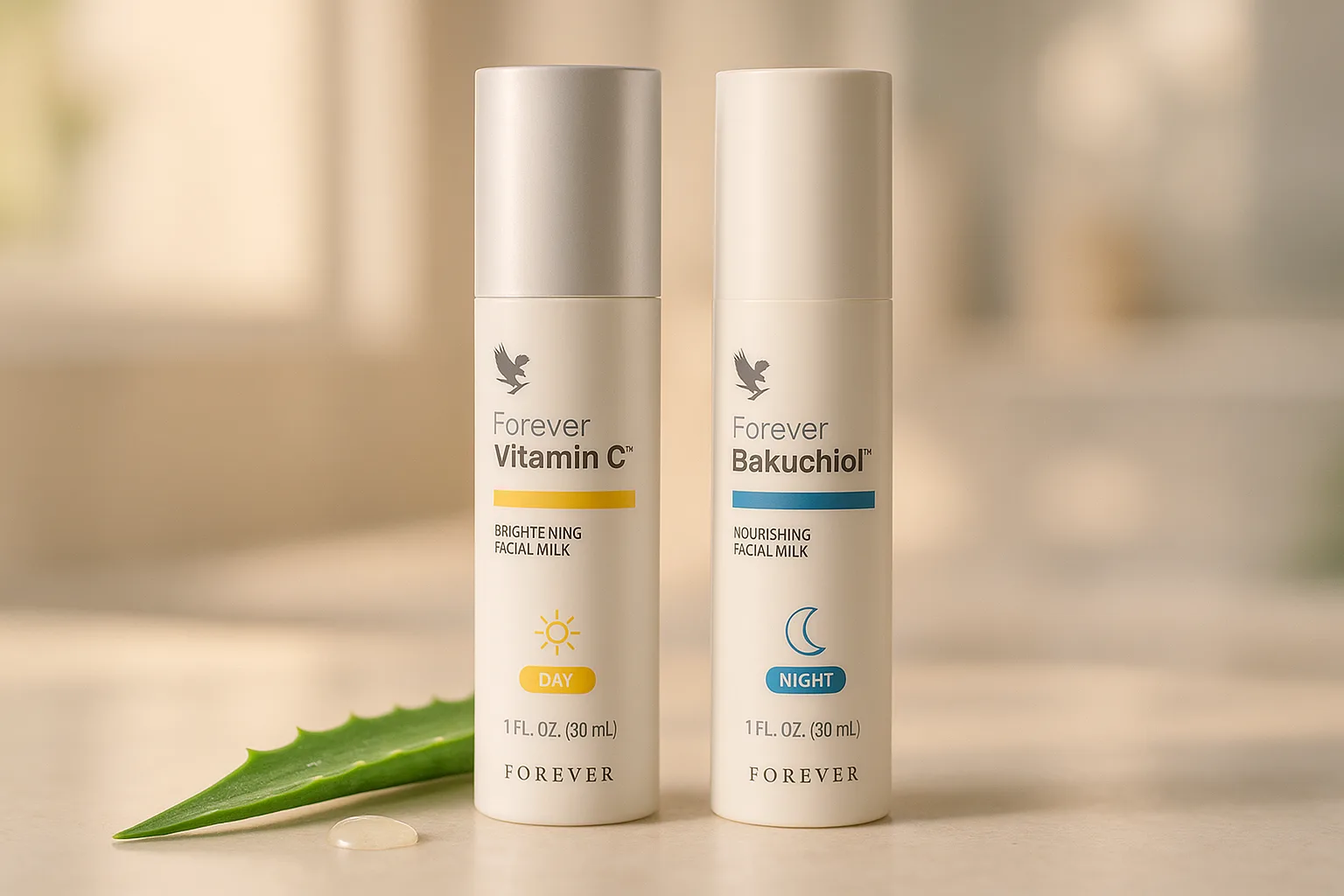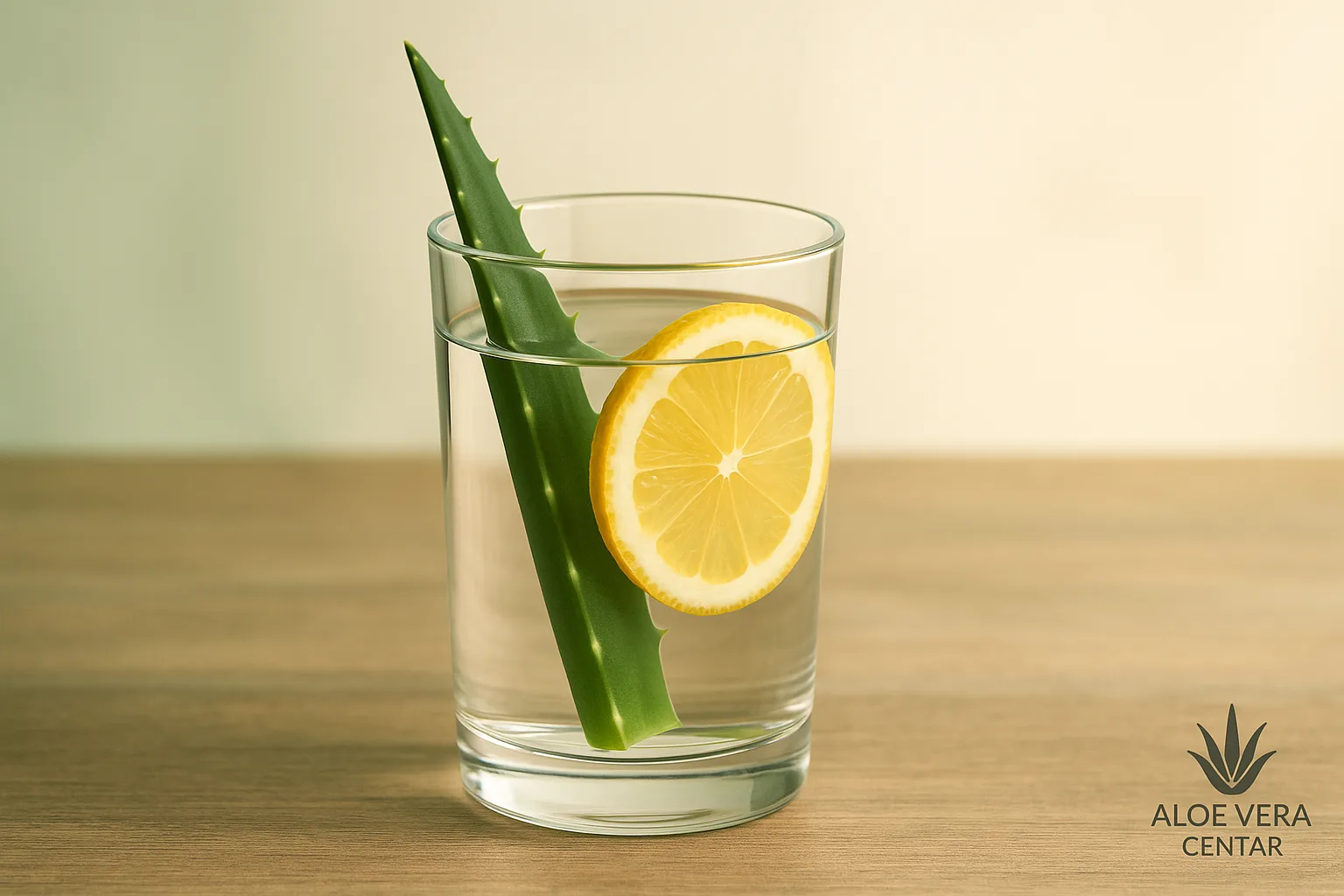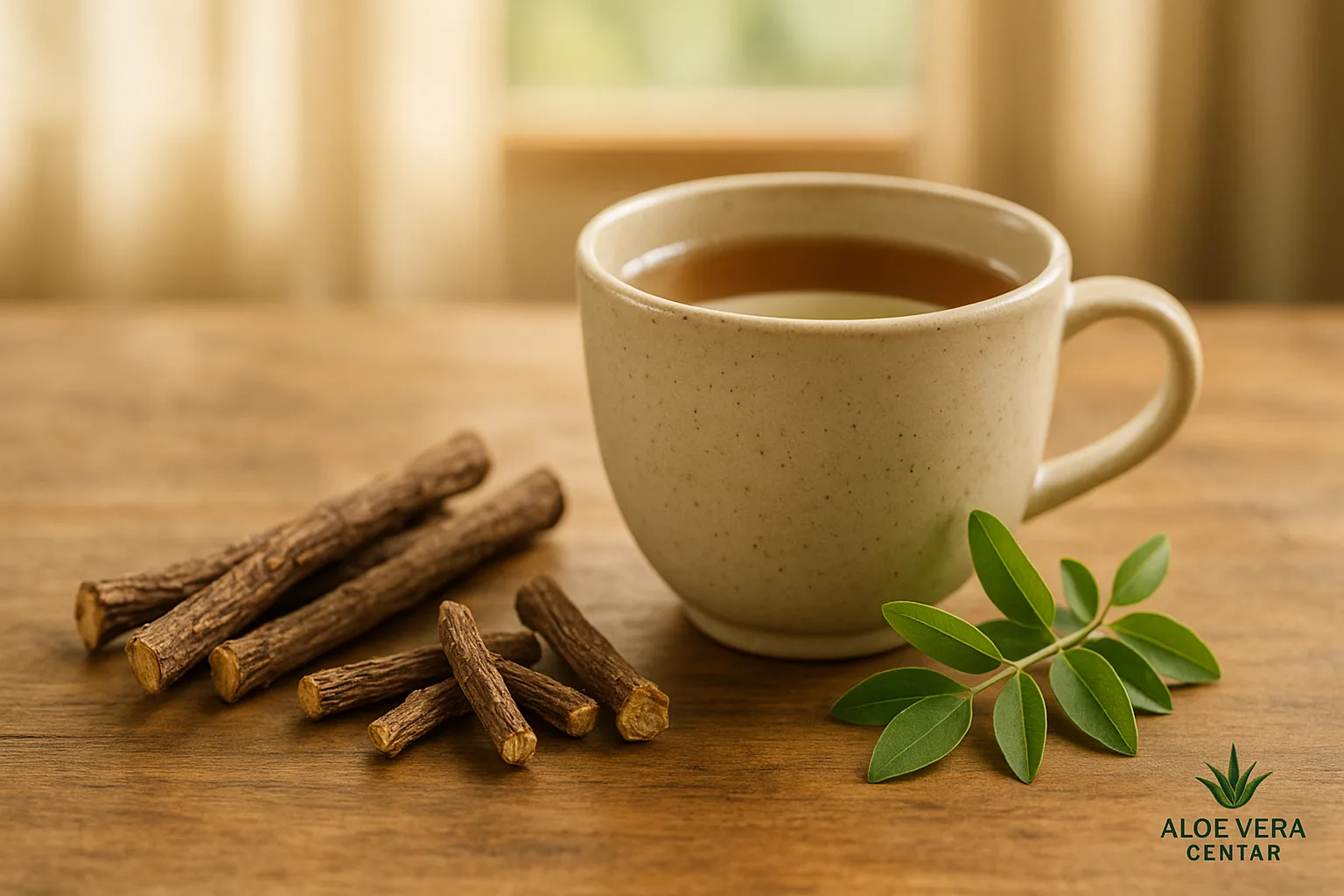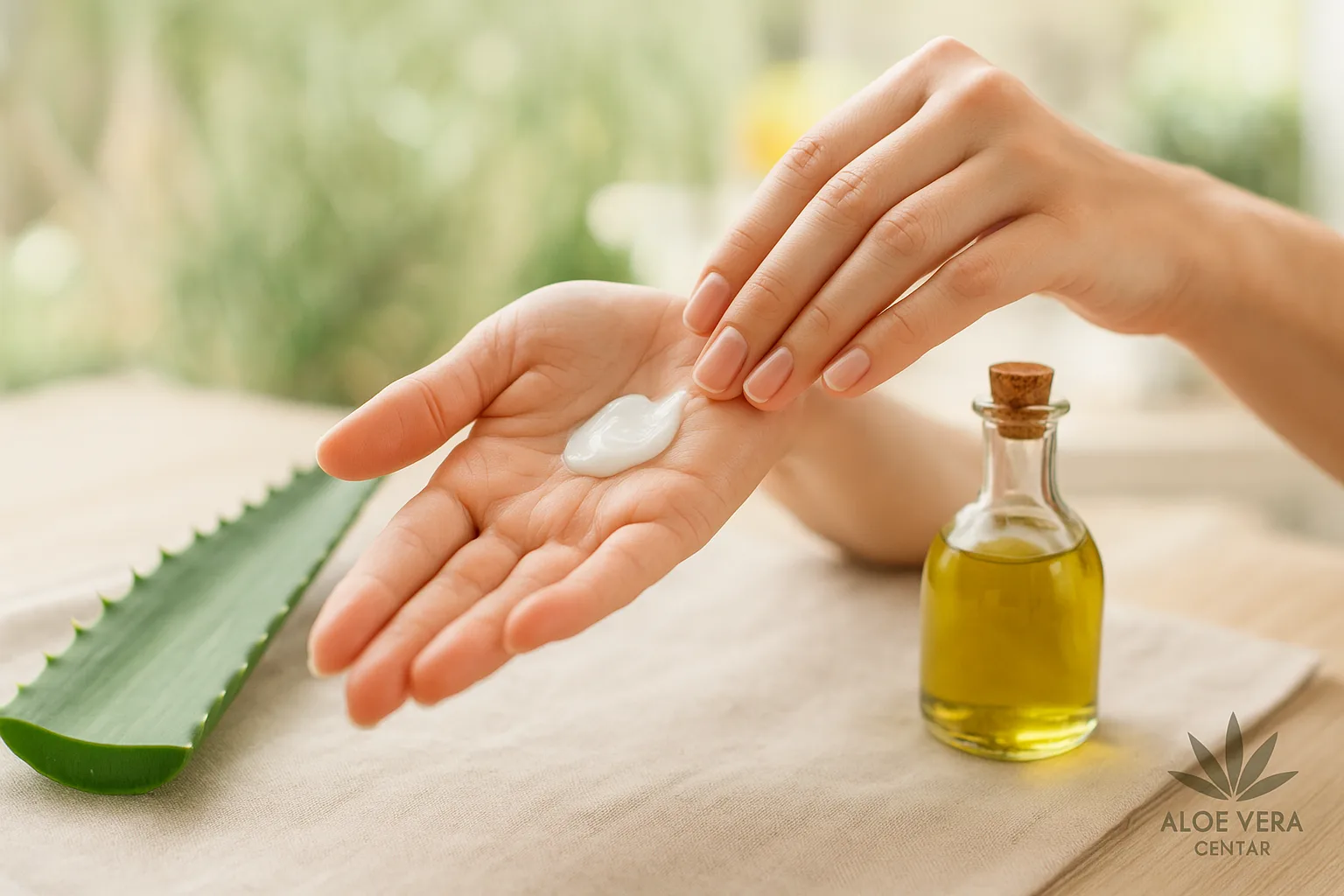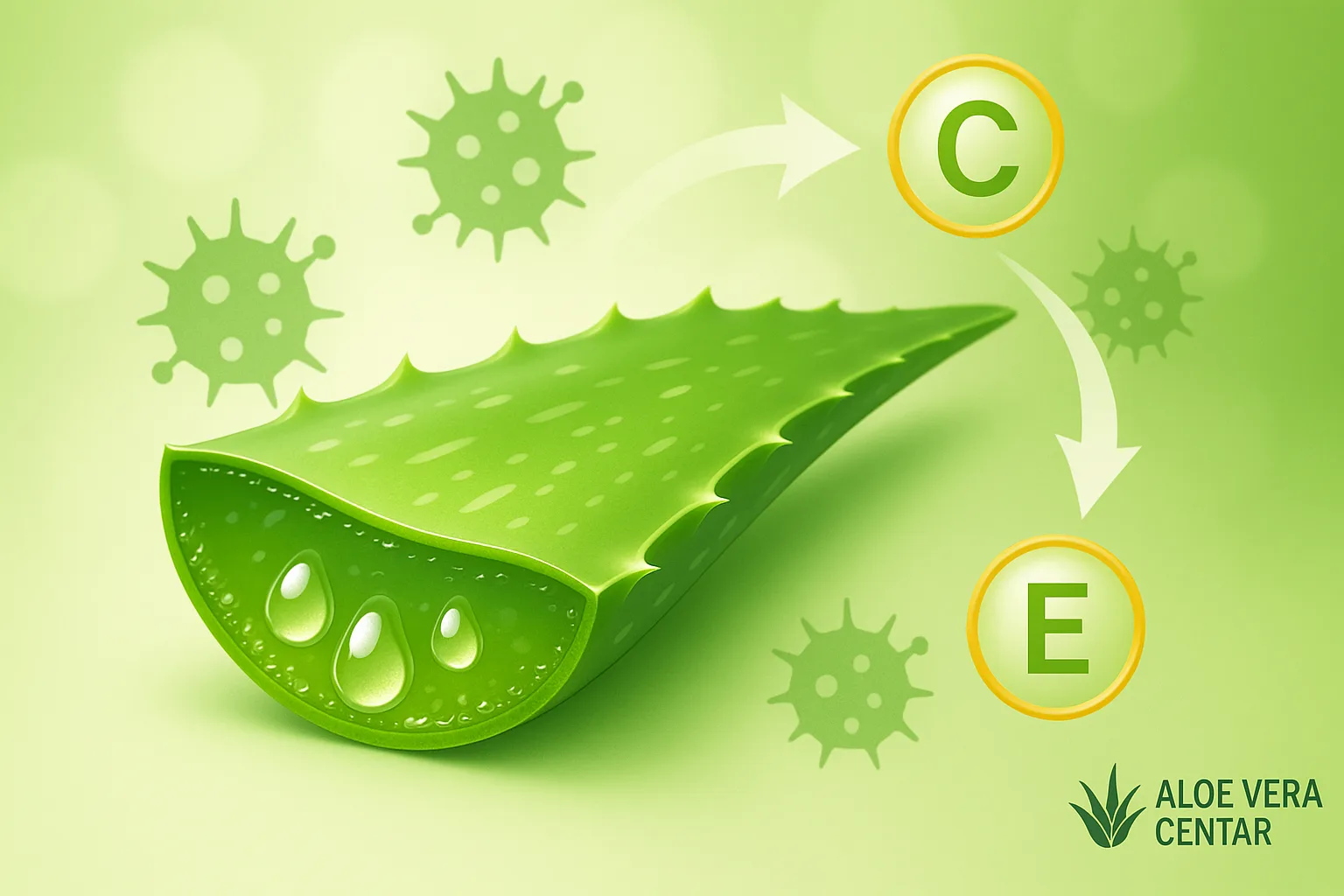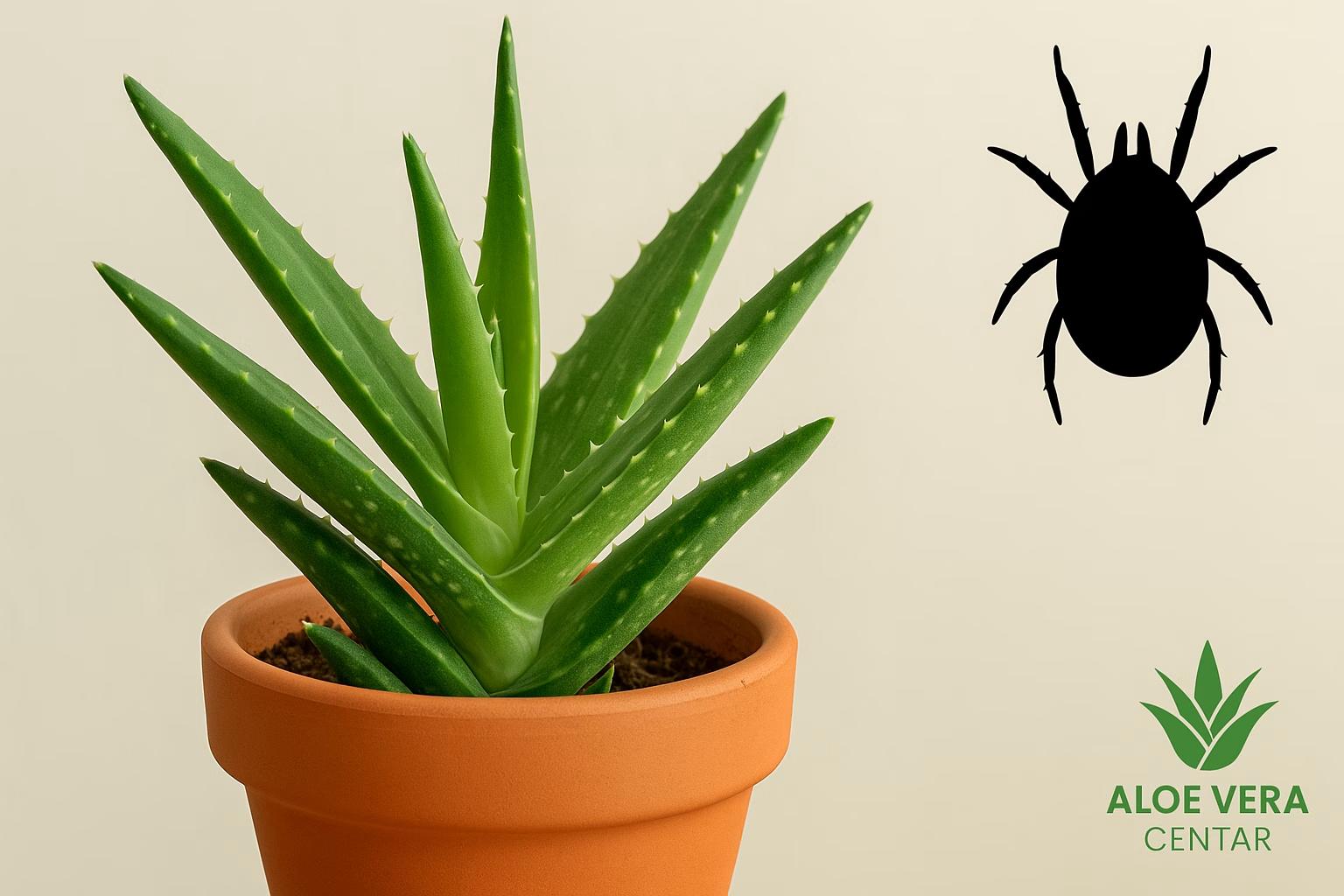
Aloe Pests and Diseases – Complete Prevention and Treatment Guide
Common Aloe Pests and Diseases: Prevention and Treatment
Aloe is synonymous with resilience, but even this “queen of succulents” sometimes runs into trouble. You might wonder why a plant known as indestructible suddenly loses color, wilts, or becomes covered in sticky spots? Here’s the deal: most problems stem from tiny pests and microorganisms that attack weakened specimens. In this guide, you’ll learn how to identify the most common aloe pests and diseases, which natural control methods actually work, and how to prevent problems from recurring.
Why is Maintaining Aloe Health Important?
A healthy aloe not only looks impressive on the windowsill, but also produces more medicinal gel that we use for skin care, immunity, and digestive support. If you grow the plant at home to occasionally use fresh leaves, you can be sure the gel is free from pesticides and additives.
Top 5 Pests that Attack Aloe
1. Spider Mite (Tetranychus Urticae)
You’ll recognize it by tiny spider-like webs and whitish spots on the underside of the leaf. The plant looks “peppered,” and the color becomes grayish.
- Why does it occur? Dry air and high temperatures create an ideal environment for mites.
- Natural solution: Wipe leaves with a soft cloth dampened in a solution of 1L water and a few drops of mild Aloe Liquid Soap, then rinse with clean water.
- Advanced approach: Spray with 0.5% neem oil solution every 5-7 days until symptoms disappear.
2. Mealybugs (Pseudococcidae)
Their bodies are covered with waxy white “cotton.” They damage plant tissues by sucking sap, and sooty mold fungi develop on the honeydew.
- Quick detection: Lightened top leaves and stickiness when touched.
- Mechanical removal: Gently press a cotton swab dipped in alcohol (70%) on each colony.
- Biological control: Cryptolaemus montrouzieri, the mealybug destroyer ladybug.
3. Aphids
Small green or black colonies typically hide in young leaf rosettes. They multiply quickly and transmit viral diseases.
4. Scale Insects
They’re hard to spot as they look like tiny brown plates on the leaf. They suck sap causing yellowing and loss of turgor.
5. Soil Nematodes
When roots turn black and look “knotty,” suspect nematodes. The plant stagnates and leaves become thin.
Common Aloe Diseases
Root Rot (Phytophthora / Pythium)
Roots darken, soften, and smell unpleasant. Usually, overwatering is to blame. Studies confirm that well-drained substrate reduces incidence by 60%.
Fungal Leaf Spots
Brown circular spots with dark edges are caused by Alternaria fungi. Cut affected leaves with sterilized scissors.
Bacterial Soft Rot
Caused by Erwinia carotovora. Tissue becomes mushy, and watery exudate drips from wounds. Disinfect pots with 10% bleach solution before repotting.
Viral Diseases
Mosaic and leaf yellowing are difficult to treat – infected plants should be isolated and unfortunately removed.
Educational Step: Prevention is Half the Battle
But that’s not all… Prevention starts with proper growing conditions:
- Well-draining substrate – sand and perlite in 1:1 ratio reduce rot risk.
- Moderate watering – wait until the top 3-4 cm of soil completely dries.
- Lighting – 6 hours of indirect light maintains leaf immunity.
- Air circulation – prevents fungal development.
Natural Treatments that Work
Sounds too good to be true? Keep reading…
- Neem oil: works systemically on mites and aphids. 5ml oil + 2ml liquid soap in 1L lukewarm water.
- Kitchen pest sprays: Pour 500ml boiling water over 2 garlic cloves and 1 teaspoon cayenne pepper, cool and spray leaves.
- Biological preparations: Bacillus thuringiensis controls caterpillars that sometimes nibble shoots.
- Quarantine new plants: keeping them separate for 14 days prevents pest introduction to your collection.
Warning Symptoms You Shouldn’t Ignore
Sticky spots, tiny spider webs, spongy roots or gray spots indicate your aloe needs help. The faster you react, the better the recovery chances.
Post-Treatment Care
After problem removal, the plant will be sensitive. Here are key steps for quick recovery:
- Repotting in fresh sterile substrate.
- Adding 10-20% perlite for aeration.
- Gradual reintroduction to sunlight (one hour more per week).
- Fertilizing with mild organic compost solution after 3 weeks.
What after Rehabilitation?
When leaves become firm again, you can safely use them for fresh juice. If you want a practical solution, reach for Forever Aloe Vera Gel that comes stabilized and ready for consumption.
How to get Additional Advice?
If you need a personalized plant care plan or product suggestion, use our AI advisor – responds in a minute!
Frequently Asked Questions
Can Alcohol be Used on all Pests?
Yes, but use it cautiously and only topically on pests, as pure alcohol dries out leaves.
Is Cinnamon Good for Preventing Rot?
The powder acts as a mild fungicide. Sprinkle a thin layer on leaf cutting surfaces.
How Often should I Spray Preventively with Neem Oil?
Once monthly during warm periods is sufficient for maintaining resistance.
Can I Use Affected Leaves for Gel?
No. Discard leaves with spots or signs of rot to avoid contamination.
Conclusion
With proper care, early symptom detection, and natural treatments, your aloe can live for decades – and you can enjoy its medicinal gel.
Reminder: get 15% off your next order and stock up on proven supplements to support your family’s health.
What else is Worth Reading
Interestingly, plant and human organism resistance share similar principles – balance and prevention. If you want to learn more about how the immune system reacts when under attack, read the guide on autoimmune diseases and natural strategies that can help reduce inflammation.
When aloe recovers, you can use its leaves in cooking. Check out inspiring ideas in the article cooking with aloe vera – three original recipes for food enthusiasts.
Plant care and body health are connected through the importance of rest. If you’re feeling exhausted, it’s worth checking out the text on burnout and prevention, because just like plants, we need time for regeneration.
For a broader detox context, read the article on alcohol and coffee – how they affect digestion and immunity, and discover the guide on herbal formulas for liver detox.
By combining proper plant care, mindful food intake, and regular rest, you build resilience for both your home and your health.
Note: Information in this article serves educational purposes and does not replace expert advice. If you suspect serious plant infection or health issues, consult a certified phytopathologist or physician.

